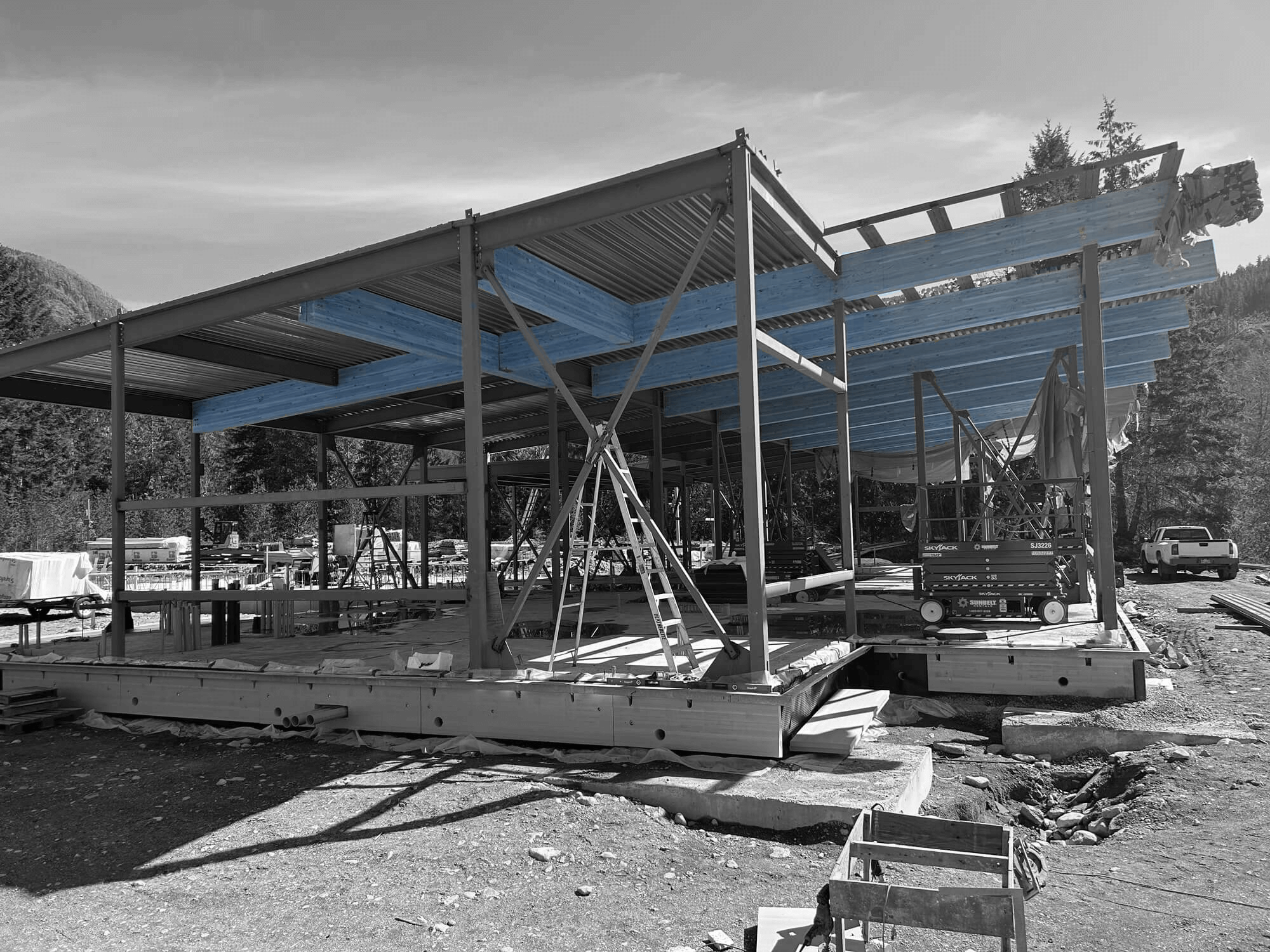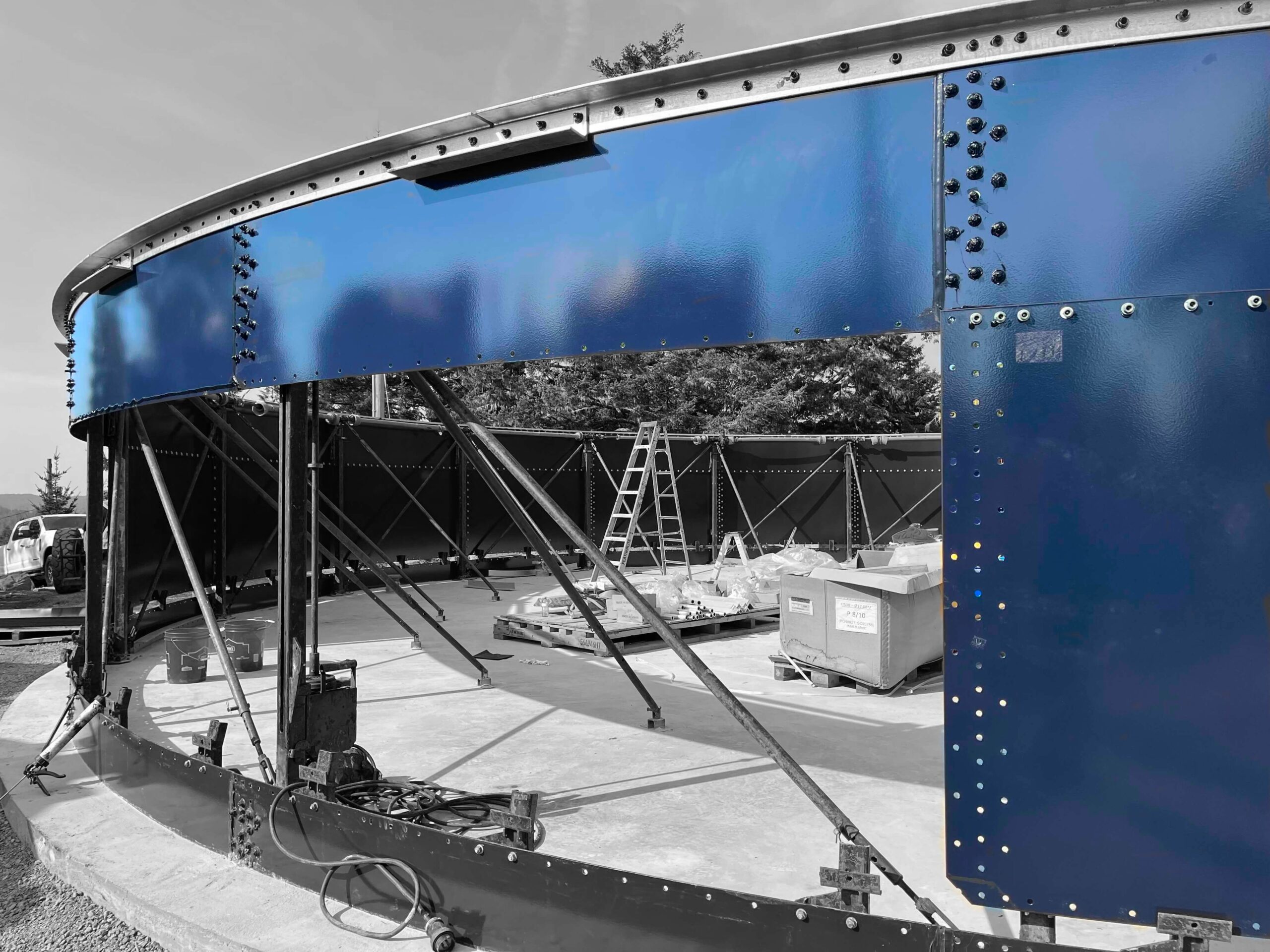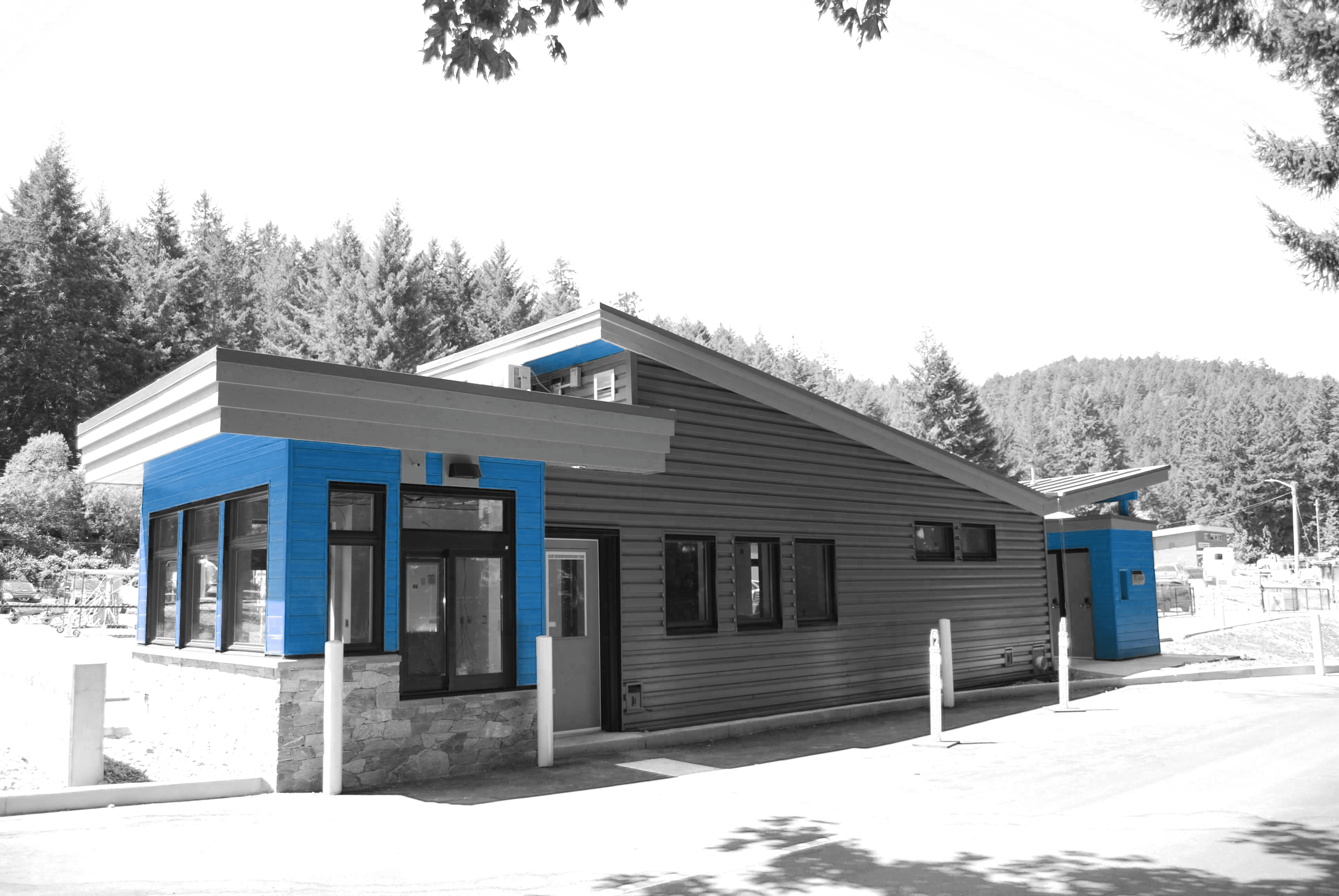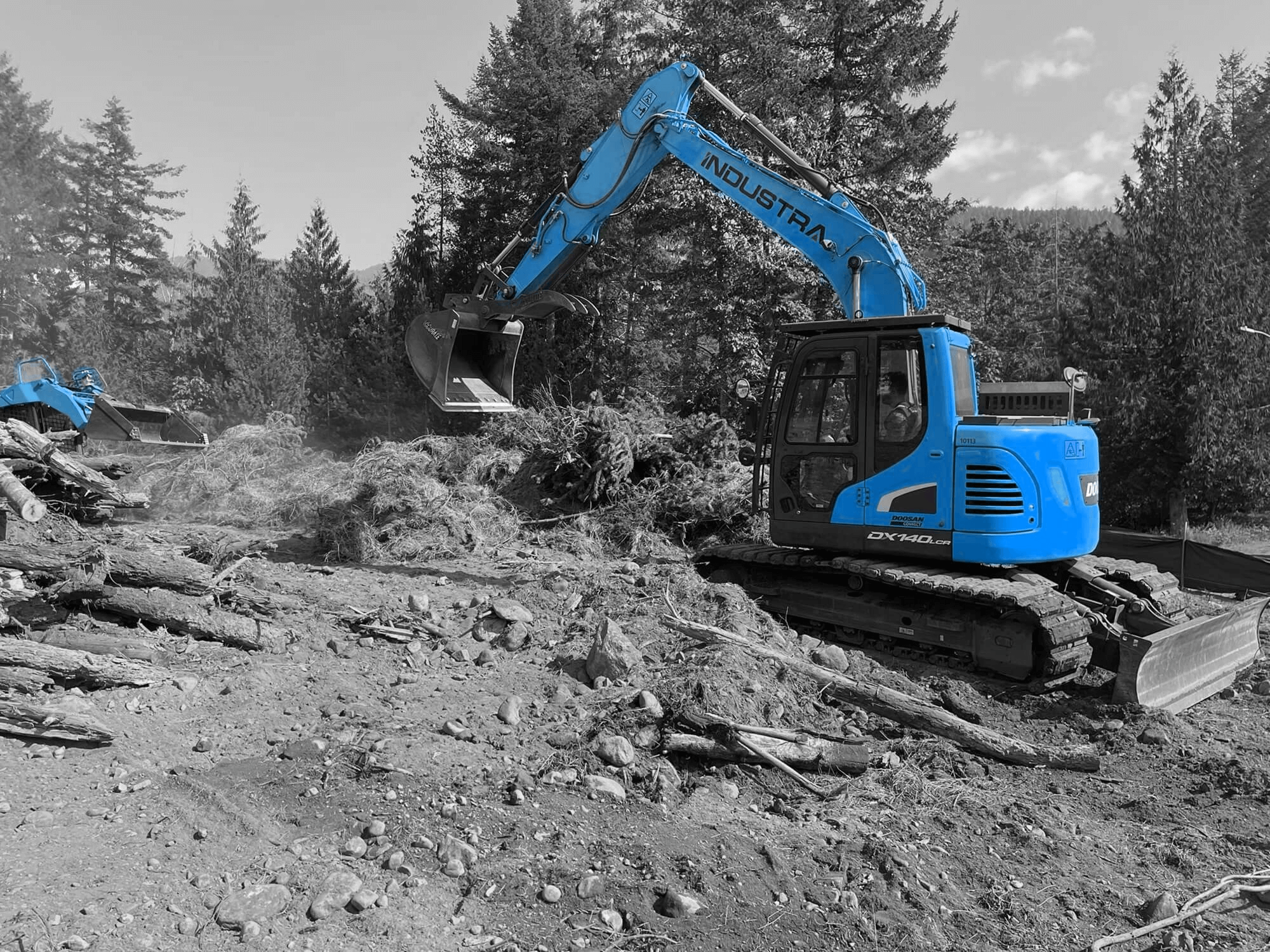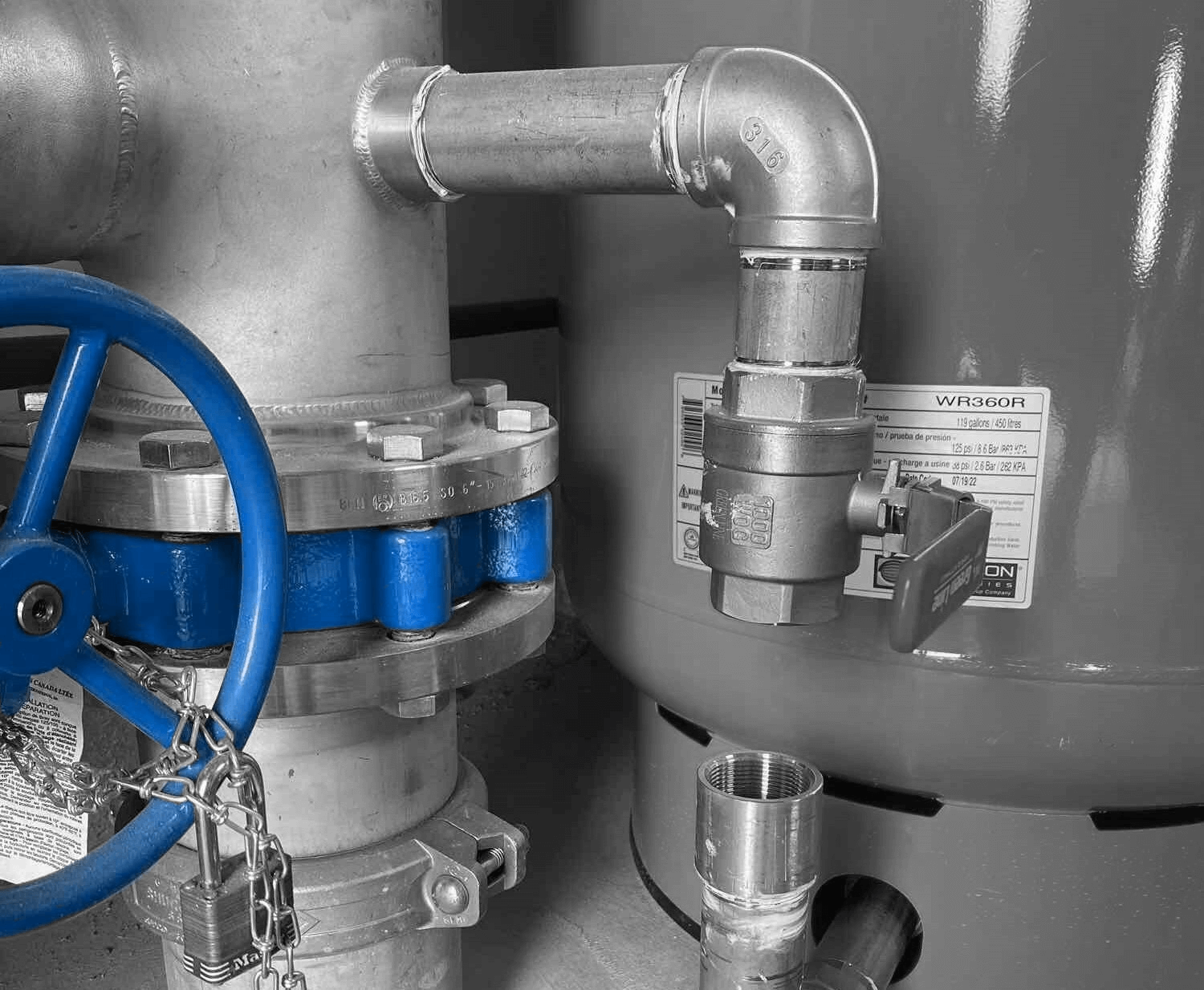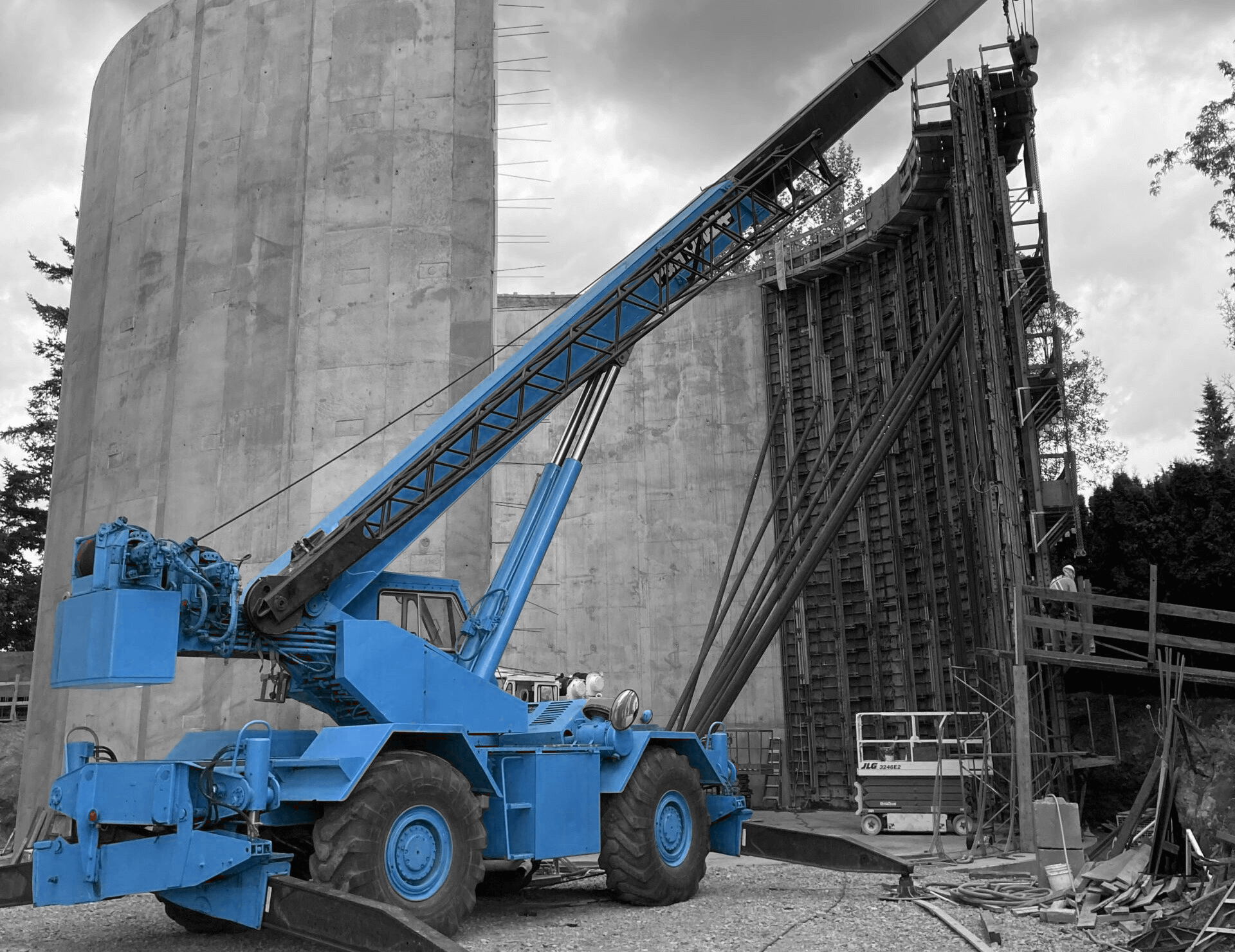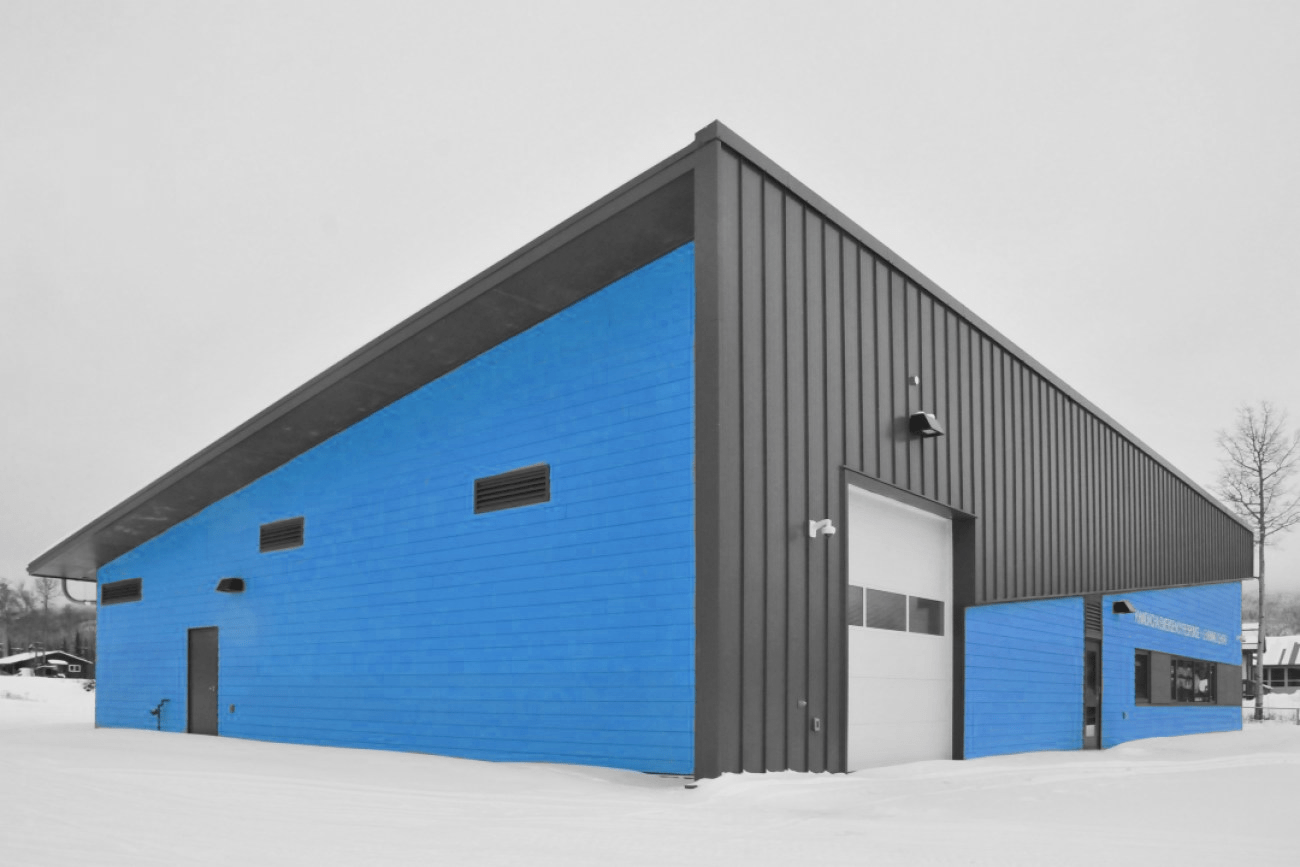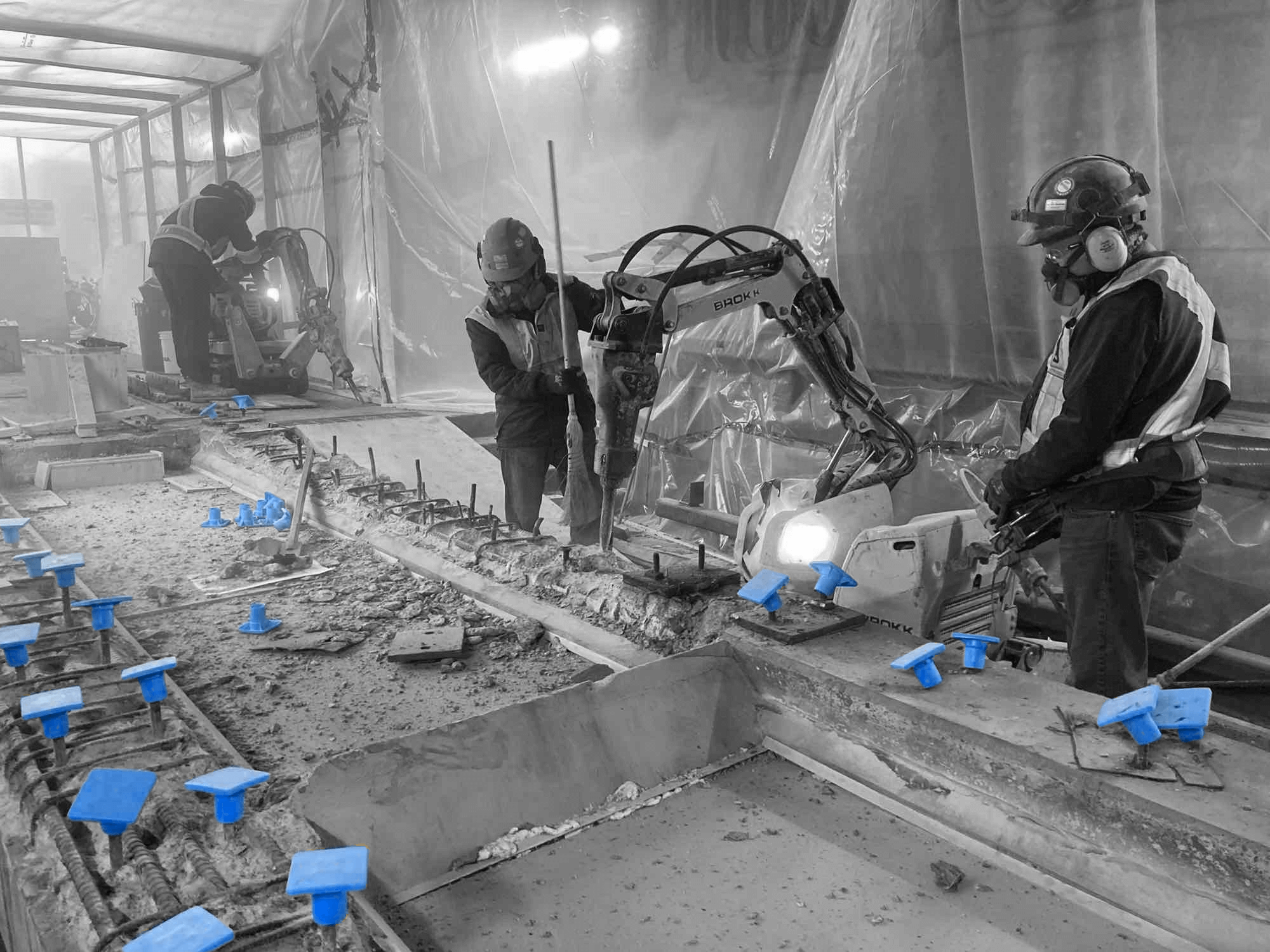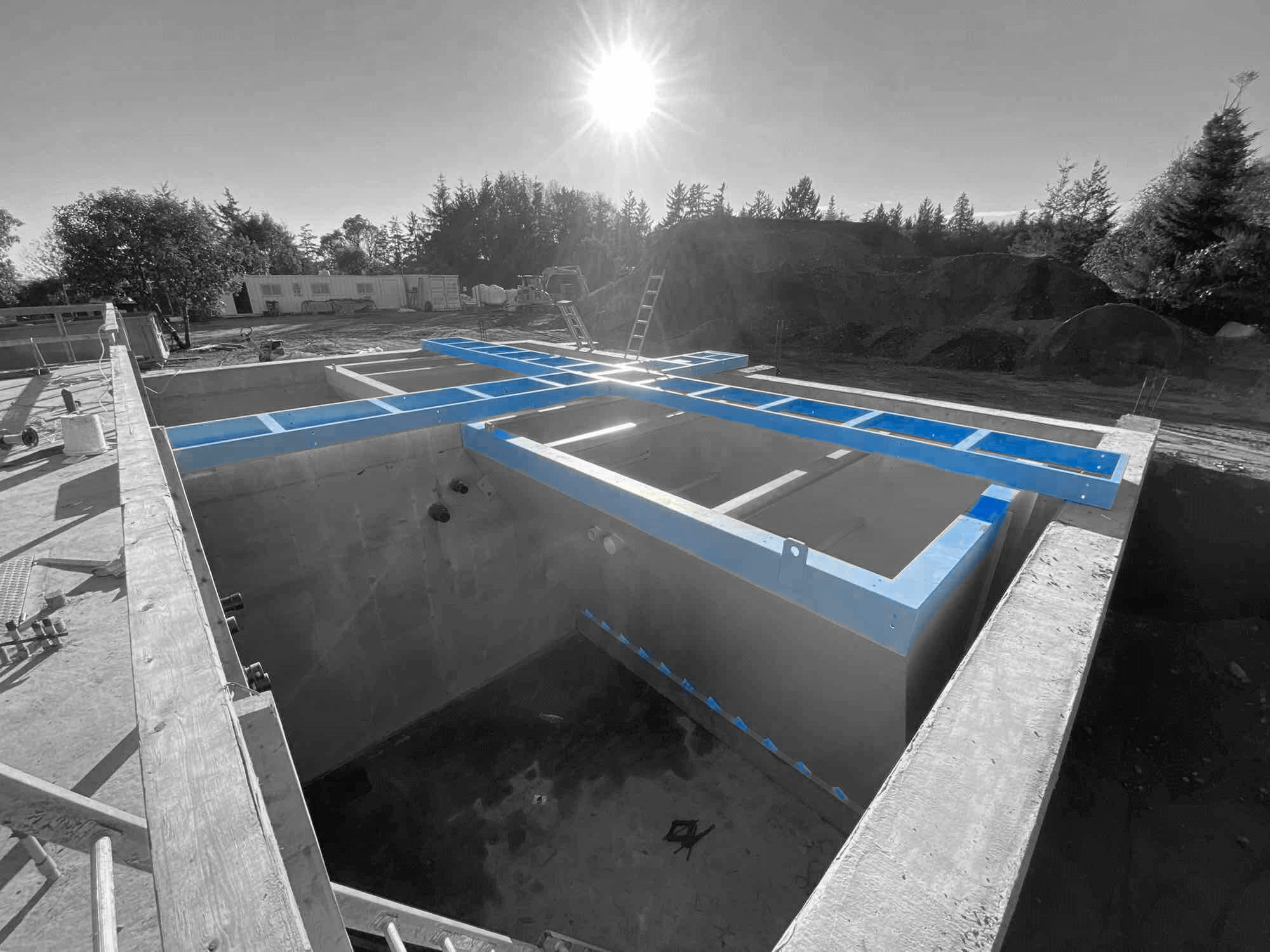Imagine constructing a machine tailored for a specific purpose, like a giant puzzle where each piece must fit perfectly to function well. That’s the essence of process mechanical design. It’s a term used in industrial settings where different machines and systems are designed and put together to help factories and plants work smoothly. These designs ensure that everything works in harmony, creating efficient and safe environments. Whether we’re talking about pipes, valves, or even entire systems, process mechanical design is about making sure every piece does its job without a hitch.
The industrial world heavily relies on these designs, especially in places like factories or wastewater treatment plants. Avoiding common mistakes along the way can mean the difference between a project running smoothly or facing costly delays and safety issues. This is why understanding the basics and potential pitfalls is crucial. By getting a solid grip on this, time and money can not only be saved but also ensure everything operates safely.
Understanding the Basics of Process Mechanical Design
To break it down, process mechanical design involves planning and creating the systems that help industrial operations run effectively. Think of it as the brain behind the machinery in a plant. It’s not just about getting the job done, but doing it in a way that minimizes waste and maximizes efficiency.
At its heart, there are a few key principles to keep in mind:
– Clear Objectives: Understand what you’re designing and why. This means knowing the specific needs the project addresses.
– Safety and Compliance: Always factor in safety standards and regulatory requirements to keep things running smoothly and legally.
– Efficiency and Compatibility: Design systems that are energy efficient and work well together. A great design ensures every part communicates and interacts without a hitch.
Each project requires a thorough approach. It’s about getting the details right from the start, so the entire process aligns with the overall goals. By ensuring everything is designed to purpose, unnecessary complications can be avoided, keeping everything on track.
Identifying Common Pitfalls in Process Mechanical Design
Even with the best plans, things can go awry. Here are some common pitfalls:
- Inadequate Planning: Skipping detailed planning might speed things up initially, but it often leads to overlooked details that can cause major headaches later.
- Overlooking Safety and Standards: Failing to meet safety or regulatory standards not only risks fines but could endanger lives and equipment.
- Poor Integration with Other Disciplines: Ignoring how the design fits into other parts of the project can create bottlenecks and miscommunications.
- Outdated Technology: Relying on old tech can make systems clunky and inefficient. Using the latest tools ensures systems stay up-to-date and ready for future needs.
By being aware of these potential snags, those responsible can create more robust designs, leading to smoother operations. Taking time to understand how each component interacts and ensuring compliance and integration will fortify projects against these common issues.
Understanding these aspects can guide better decisions, paving the way for more reliable and effective project outcomes. Recognizing and avoiding these pitfalls ensures that the implemented designs contribute positively to the project, enabling successful completion.
Strategies to Avoid These Common Pitfalls
Navigating the maze of process mechanical design comes with its fair share of challenges, but having a game plan helps navigate safely. Let’s break down some strategies that can sidestep common mishaps.
- Thorough Initial Planning and Scoping: Before diving into the specifics of a project, draft a clear, comprehensive plan. Know the project’s goals and potential hurdles. Map out every step needed to merge different systems seamlessly. Anticipating surprises could save time and resources later on.
- Stay Current with Standards and Regulations: Industry standards and safety rules are like the guardrails on the road to project success. They prevent accidents and ensure things run smoothly. Taking the time to familiarize yourself with these can make a significant difference in ensuring your designs comply and are safe.
- Foster Interdisciplinary Collaboration: Keep communication lines open between all teams involved. In projects where different systems and disciplines need to work together, miscommunication can cause serious hiccups. Regular check-ins and updates keep everyone on the same page and any potential issues are tackled before they snowball.
- Invest in Modern and Compatible Technologies: Using updated tech isn’t just a trend; it’s a necessity for efficiency. Investing in state-of-the-art systems and tools ensures everything works seamlessly and is up to date with current challenges. Think of it as upgrading a car engine—not only does it make the ride smoother, but it also ensures everything runs on time with fewer breakdowns.
The Role of Experienced Professionals in Mitigating Risks
Having seasoned professionals participate in a project can transform the fate of a design plan. Experts bring to the table years of experience and insights that help navigate unforeseen challenges. They ensure that each element of a design meets industry standards and regulations intuitively
Seasoned professionals understand the nuances of integrating complex systems. With their expertise, they can anticipate compatibility issues between different parts before they become problems. Their insights save both time and resources, leading to smoother project outcomes. For example, an experienced designer might foresee that a particular valve type might not perform well with an existing piping system, allowing for an adjustment before installation begins.
Additionally, experts bring a wealth of tried-and-tested solutions to potential project snags. They rely on successful past experiences to guide new projects, drawing parallels to address current challenges effectively. Their seasoned approach ensures designs are reliable, minimizing risks and maximizing efficiency.
Conclusion
Process mechanical design is a crucial pillar within industrial landscapes like those of Surrey. It demands care, attention, and deliberate strategies to avoid missteps. Understanding the foundational principles alongside having seasoned input can make the process smoother and more rewarding. Investing in robust planning, staying informed on safety measures, and leveraging new technology provide a backbone for success.
As projects evolve, maintaining an eye toward innovation while keeping a firm hold on industry standards ensures the processes stay viable and efficient. It leads to better decisions and more reliable project results, ultimately helping in the crafting of industrial designs that stand the test of time. With the tried-and-true knowledge of professionals alongside new technologies, infrastructures can be built that are not only functional but also future-ready.
For an effective process mechanical project that stands the test of time, consider partnering with experienced experts. At Industra Construction Corp., we understand the intricacies of designing efficient systems for industrial settings. By choosing us, you ensure your project not only meets but exceeds current safety and efficiency standards. Explore more about our process mechanical services to see how we can help you achieve reliable and future-ready outcomes.









